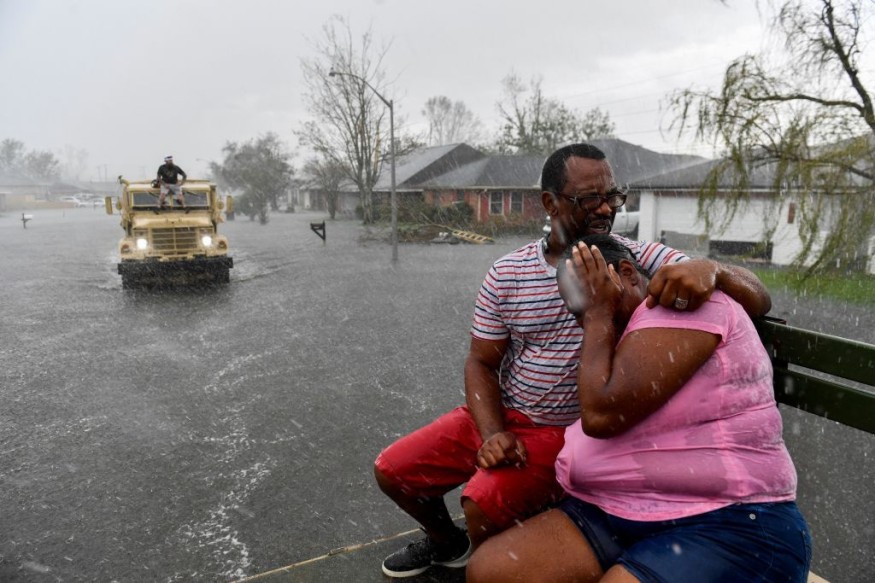Hurricanes are hazardous and may inflict significant damage like storm surges, wind damage, rip currents, and floods. They can occur along any U.S. coast or in any territory in the Atlantic or Pacific seas, like Hurricane Ida did in Louisiana, causing more than $500 million in damage to the agriculture economy.
Hurricane Ida's Destruction

Hurricane Ida, one of the most powerful and quickly increasing hurricanes to batter the United States, caused days of suffering and damage from the moment it made landfall in Louisiana on the 16th anniversary of Hurricane Katrina to the heavy rains that pounded the Northeast.
On Sunday, August 29, Hurricane Ida made landfall in Port Fourchon as a "extremely dangerous" Category 4 hurricane with sustained winds of 150 mph. At 157 mph, a hurricane becomes a Category 5. Ida then churned inland, delivering devastating winds, torrential rain, and tornadoes, as well as flash and urban floods and life-threatening storm surge along the coastlines of Louisiana, Mississippi, and Alabama.
The death toll in numerous states continues to rise - Louisiana officials reported at least 28 dead, while at least 50 people died in six Eastern states.
According to specialists at the center, the agricultural industry has suffered at least $584 million in damage as a result of the Category 4 storm that slammed the state last month.
Timber, the state's top-grossing agriculture product, is responsible for nearly half of the damage, according to economist Kurt Guidry.
The hurricane's winds wreaked havoc on 168,000 acres, costing more than $300 million in damages. It also wreaked havoc on sugarcane, horticulture, and animals, causing $35 million in losses to sugarcane and $9.5 million in damages to horticulture.
Only 22 animal deaths have been documented so far, which is a relatively low number.
The total cost of damage includes projections for future production costs and agricultural output reductions due to the storm.
Power shortages recorded in Louisiana
The hurricane destroyed both Mississippi's and Louisiana's electrical networks, knocking out power to almost 1 million people, including the whole city of New Orleans, in late-summer heat. Others are still without power more than 2 weeks later.
While there are still 271,718 power outages, Louisiana Governor John Bel Edwards announced on Thursday that 75 percent of the 1.1 million outages reported following Hurricane Ida's effects had been restored.
New Orleans removed a curfew imposed after Hurricane Ida wreaked havoc on the Gulf Coast on Wednesday, as most of the city's electricity was restored.
By Wednesday afternoon, electricity had been restored to 83 percent of the city, with Entergy aiming for a 90 percent restoration by Wednesday night.
LaToya Cantrell, the mayor, stated. Ida made landfall as a Category 4 storm at Port Fourchon, Louisiana, on August 29, and carved a destructive course through the region, destroying businesses and communities and knocking out electricity to hundreds of people. At least 26 people were killed in Louisiana, and two in Mississippi, as a result of the storm.
© 2025 NatureWorldNews.com All rights reserved. Do not reproduce without permission.





